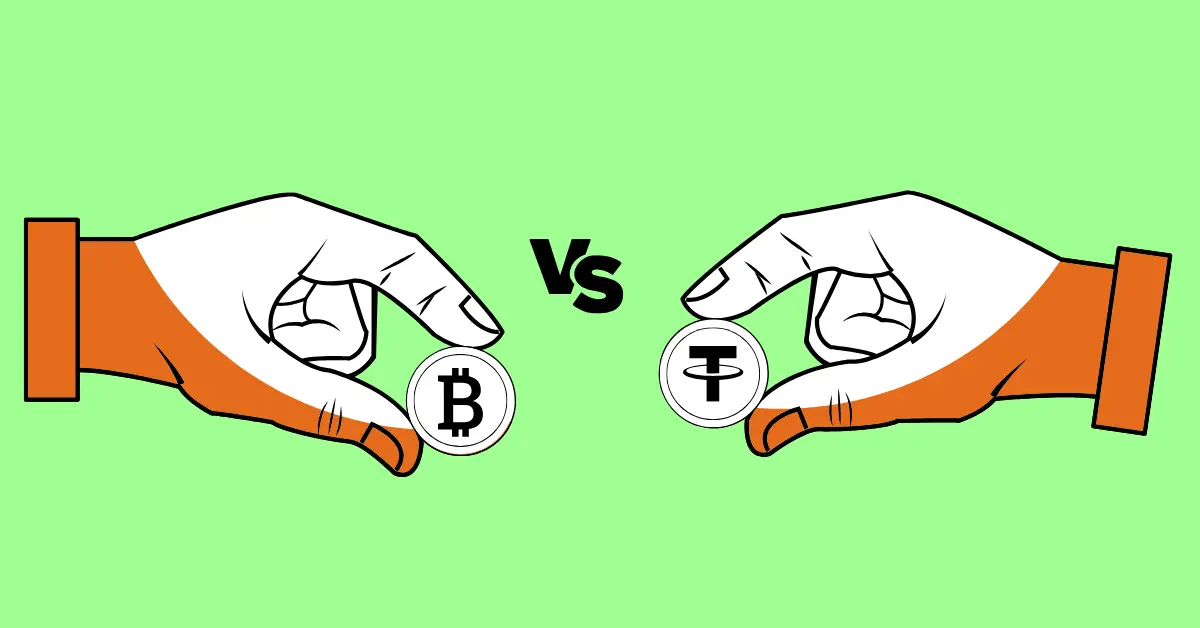
Cryptocurrencies are digital or virtual currencies that use cryptography to stay secure. Unlike regular money governments issue (fiat currencies), cryptocurrencies run on blockchain—a decentralized ledger that a network of computers (nodes) maintains to ensure transparency and stop double-spending.
Why Does Knowing the Difference Between Tokens and Coins Matter to Blockchain Developers?
For blockchain developers, knowing the difference between tokens and coins has a significant impact on how they design blockchain projects. Understanding the details helps them pick the right type of digital asset for a specific use case making sure it works well, stays secure, and people want to use it.
What is a Cryptocurrency?
Cryptocurrency is a digital currency that follows cryptographic techniques to secure transactions and control the new units.
Components:
Definition of Coins
Coin is a type of cryptocurrency that operates on its own blockchain. Examples are Bitcoin (BTC) and Ethereum (ETH).
Features of Coins
Native Blockchain: Native blockchain is an independent local blockchain of the coins.
Examples of Use Cases: Digital currency (Bitcoin) and smart contract execution (Ethereum)
Technical Requirements:
Definition of Tokens
A token stands as a digital asset built on a pre-existing blockchain framework. In contrast to coins that get their very own blockchains, tokens ride on the established rails of a blockchain that’s already up and running. You’ve got stuff like “ERC-20” tokens hanging out on Ethereum and “BEP-20” tokens calling Binance Smart Chain home.
Utility Tokens: Provide access to a service or a product that is within the blockchain domain.
Security Tokens: These are the representation of ownership such as shares in a company etc, and these tokens are subjected to security regulations.
Technical Requirements:
Let’s have a look at the differences between Tokens and Coins:
Choosing the Right Option
While creating a Token or coin there are several factors that need to be considered:
Basic Attention Token (BAT): In the Brave browser’s world, BAT rewards folks for checking out ads. This ERC-20 token took advantage of Ethereum’s setup making it faster and cheaper to get off the ground.
Chainlink (LINK): LINK’s another ERC-20 token, but it’s all about giving a little something to the data peeps (oracles) in the Chainlink oracle network that’s spread out all over.
Bitcoin (BTC): The ancestor of them all Bitcoin, hit the scene as the original cryptocurrency for sending cash from A to B, no middleman. It’s got its very own blockchain and people use it to keep their wealth or buy stuff.
Ethereum (ETH): Ethereum goes beyond a mere digital currency; it serves as a foundation for independent apps (DApps) and has ETH as its built-in currency, fueling transfers and smart contracts on its blockchain network.
Tools for Creating Coins:
Also Read: Comparing Consensus Mechanisms: Which is Right for Your Blockchain?
Before we conclude let’s summarize all that we have seen in this article. Cryptocurrencies are digital assets that use blockchain technology. Coins run on their own blockchains, while tokens build on existing ones. Knowing how tokens differ from coins helps in creating the right digital asset for specific needs. The digital asset scene keeps changing, with new tech and rules shaping what’s next. Dive deeper and begin your own blockchain projects. Use what you know about tokens and coins to create new ideas. Happy Coding!!
CoinPedia has been delivering accurate and timely cryptocurrency and blockchain updates since 2017. All content is created by our expert panel of analysts and journalists, following strict Editorial Guidelines based on E-E-A-T (Experience, Expertise, Authoritativeness, Trustworthiness). Every article is fact-checked against reputable sources to ensure accuracy, transparency, and reliability. Our review policy guarantees unbiased evaluations when recommending exchanges, platforms, or tools. We strive to provide timely updates about everything crypto & blockchain, right from startups to industry majors.
All opinions and insights shared represent the author's own views on current market conditions. Please do your own research before making investment decisions. Neither the writer nor the publication assumes responsibility for your financial choices.
Sponsored content and affiliate links may appear on our site. Advertisements are marked clearly, and our editorial content remains entirely independent from our ad partners.
Newly confirmed Commodity Futures Trading Commission Chairman Michael Selig said on Monday that Congress is…
In the United States, a growing number of young investors are entering the financial world…
A popular crypto analyst from Altcoin Daily has shared what he calls his worst-case scenario…
Bitcoin surged sharply today, briefly touching the $90,000 level before pulling back, leaving everyone questioning…
Ripple’s chief technology officer David Schwartz said transaction activity and liquidity are the most reliable…
Top cryptocurrencies such as Bitcoin (BTC) and XRP have plummeted following the Bank of Japan's…